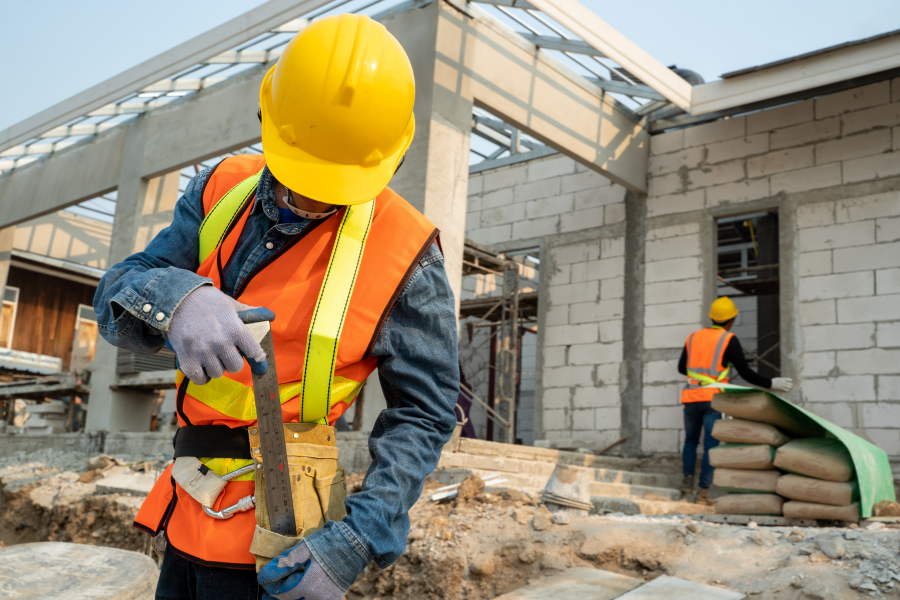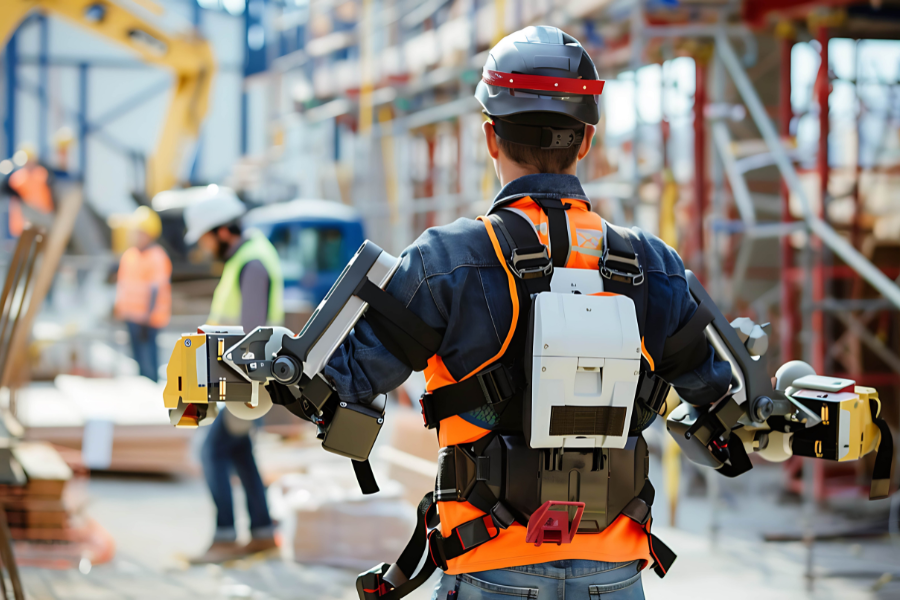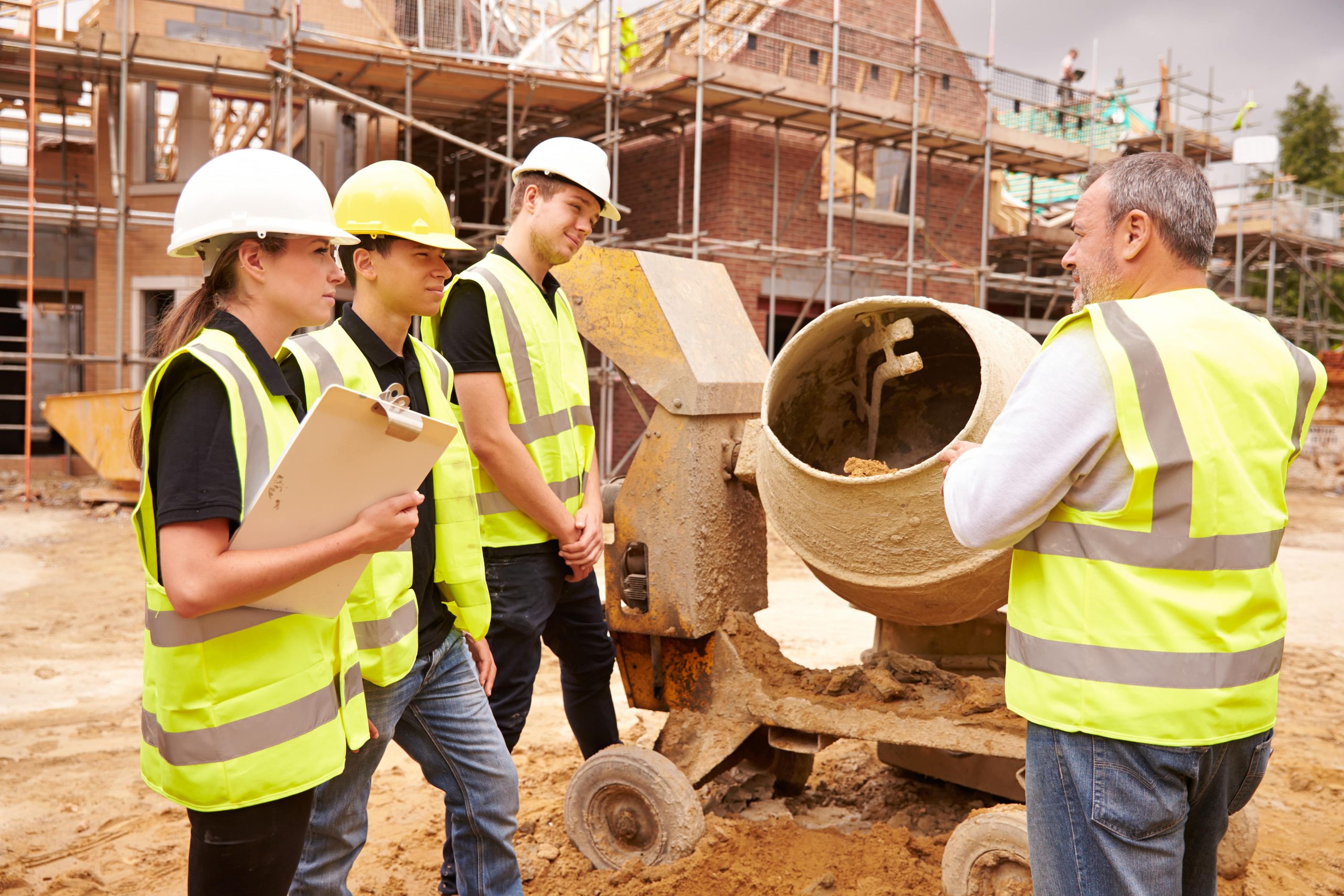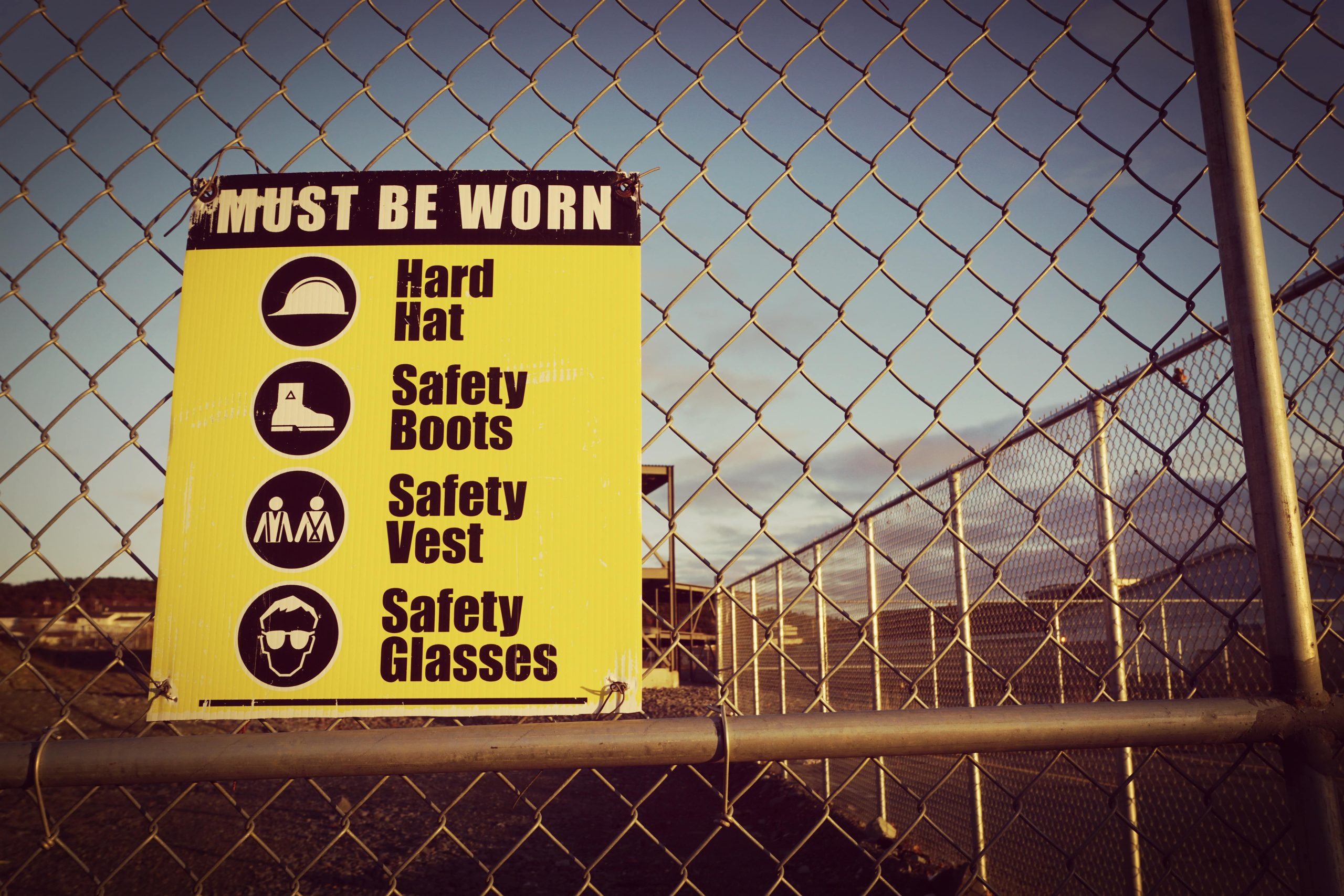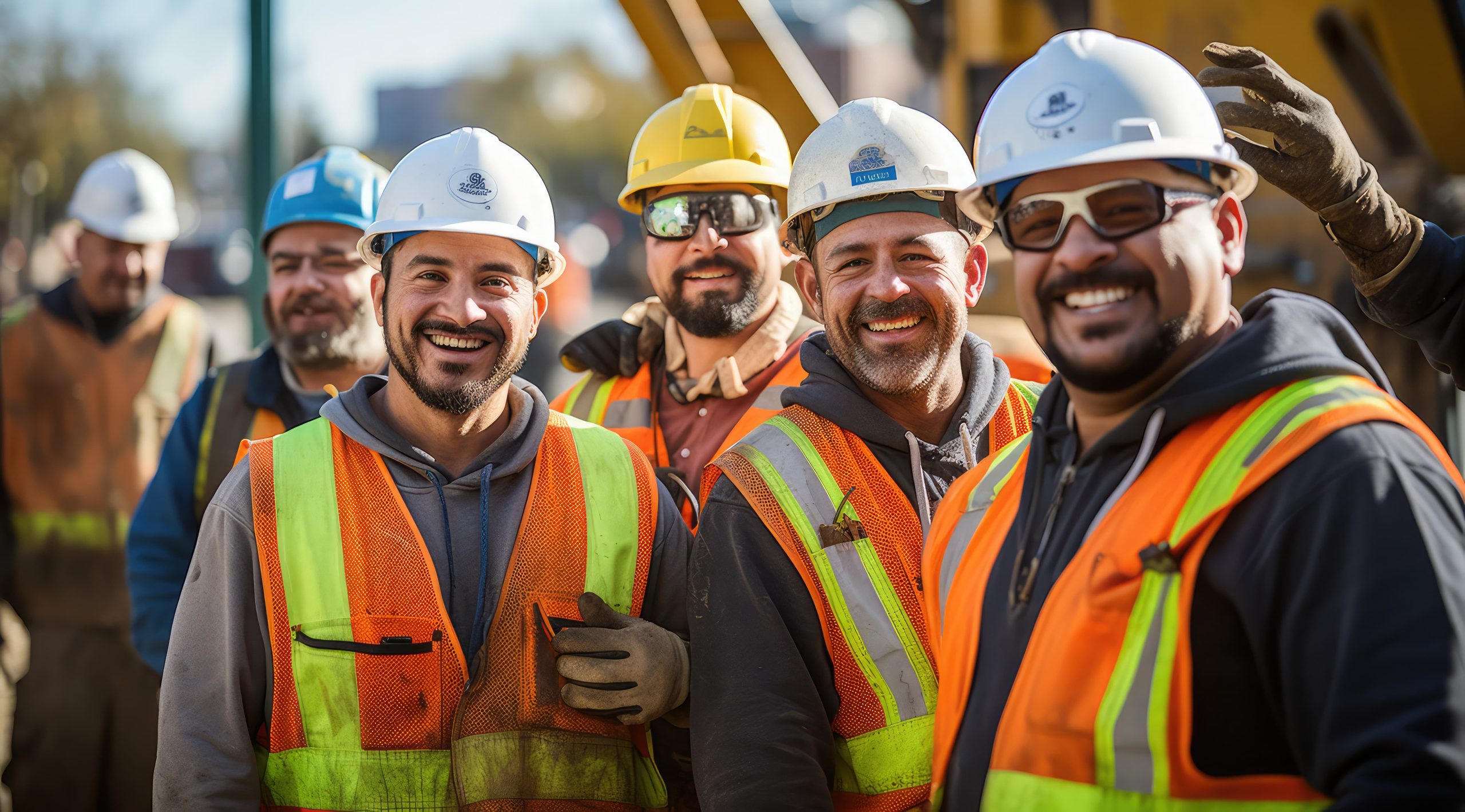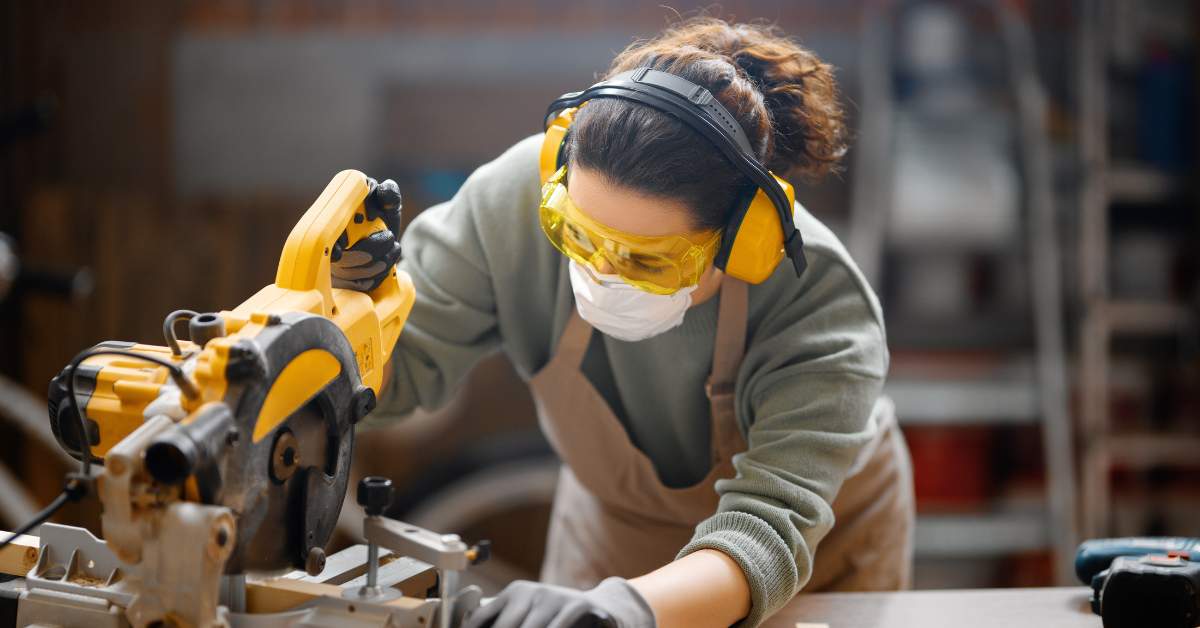Closing the construction skills gap may be a difficult challenge for humans alone, but new innovations could have the power to bridge the divide. The industry—once dependent on hard labor—is seeing a surge in productivity-boosting solutions, fueled by a record $50 billion in funding for construction technologies in 2020-2022.
The most exciting developments go beyond site sensors, 3D printing, and drones. Plus, they have the potential to greatly ease hiring pains. Here are four emerging technologies that can help keep your projects on track, even when you’re struggling to staff up.
1. Digital Twins
As building information modeling (BIM) establishes itself as a construction sector standard, a new 3D visualization software type is quickly rising: digital twins. These virtual models of existing structures can provide exact renderings of your project as it progresses. Plus, they can simulate how people move through a completed building or construction site.
So, how can digital twin technology increase onsite productivity? First, it instantly detects potential issues with traffic flow, energy use, and other operational concerns. Architecture, engineer, and construction (AEC) teams—along with clients—can then collaborate within the software to address problems in real time. This allows for fast blueprint updates that prevent redundant tasks onsite.
Some companies are even using digital twins as a knowledge-transfer tool. With 3D renderings of job sites, new construction hires can quickly get up to speed on workflows and dive into value-added work.
The integration of artificial intelligence (AI) has made digital twin tech even more attractive, providing precise site measurements and robust building insights. While only 52% of construction leaders have experimented with digital twins in 2024, we expect that number to rise in 2025.
2. Advanced Robotics
Robots are nothing new—but their capabilities are quickly advancing. In recent years, we’ve seen the development of:
- A rebar-tying robot capable of 1,200+ ties per hour for up to 12 hours straight
- A semi-automated drilling robot that reads digital plans to mark and drill precise holes
- A bricklaying robot that stacks up to 400 masonry blocks per hour
- An autonomous robotic pile driver that can achieve solar piling 5x the average speed
The efficiency gains are undeniable—and they’ve proven well worth the investment for construction firms. With advanced robotics, companies can fret less about filling dozens of high-demand positions like masonry roles; instead, they can focus on recruiting and training a handful of quality operators. These robots also help tradespeople work safely and with less physical strain at high speed, preventing productivity-draining injuries and burnout.
3. Technology Retrofitting
Completely replacing inefficient machinery and equipment can be a costly process for construction firms—and the waste can set you back on your sustainability goals. However, retrofitting technology empowers companies to upgrade existing assets, boosting outputs and reducing construction recruiting struggles without a total overhaul.
With Teleo, for instance, companies can turn virtually any heavy construction equipment into a semiautonomous robot. As a result, operators can remotely control multiple machines—potentially keeping the whole fleet in action even if your company is experiencing a labor shortage.
SafeAI has taken a step further, retrofitting a haul truck with autonomous and electrification technology. This shows the tremendous potential of retrofitting for streamlining operations and costs.
4. Exoskeletons
You may have seen exosuits in many pop culture depictions—from “Aliens” and “Avatar” to “Edge of Tomorrow”—but now they’re transforming the real-life construction field. Exoskeletons enhance the physical abilities of their wearers, helping skilled trades workers tackle laborious tasks without getting exhausted. Here’s an example of an exoskeleton vest Ekso Bionics developed for construction workers in the past:
Hildi has similarly designed a shoulder exoskeleton that reduces neck and shoulder fatigue for overhead work. Powered exoskeletons promise to be even more versatile, helping workers lift even heavier weights and work faster with low injury risk.
How Technology & Tradespeople Will Work Together
Skilled trades workers cannot be replaced in full—and exoskeletons are just one clear example of the importance of a human behind the machine. While new construction technologies will prevent labor-driven setbacks, construction firms will still need experienced tradespeople and operators in place to keep new machinery running and quality in check.
As the industry grows digitized, companies will need to focus on hiring highly trainable or tech-savvy workers to tackle onsite tasks. If you’re struggling to find the right employees for the job, an experienced skilled trades staffing firm can help you fill critical positions on your construction team. Leverage our network of 10,000+ to keep your projects adequately staffed—even when technologies ease your hiring pains.
Maximize your construction technology investment. Contact Skinner to get connected with qualified, reliable skilled trades workers who can lead your firm into the future.
Related Articles
Attracting the Toolbelt Generation: How to Optimize Trade Recruiting as Gen Z Graduates
Why Are Construction Delays & Cancelations Rising in 2024?
Are Construction Workers Happy? How to Boost Employee Satisfaction & Improve Your Bottom Line

